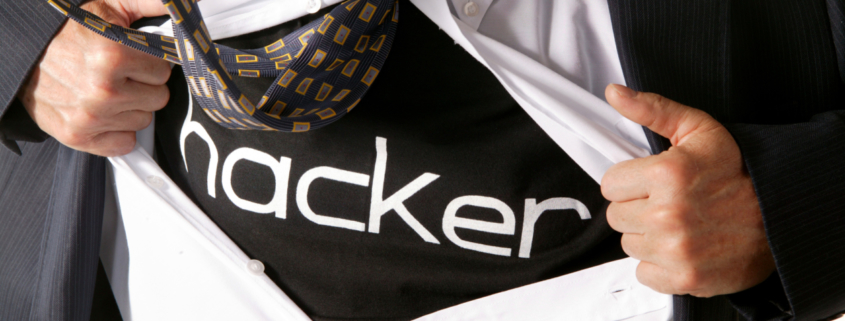Protecting Your Accounts from Russian – or Any — Cyberattacks
No matter when you look at the news, there is probably a story about Russian hackers…and if there is not a story about hackers from Russia, there is likely a story about hackers from China or a place like Turkey. There is definitely a chance that any hacker or hacking group could launch an attack against the US, and the government has even briefed companies about what to do if they believe they are at risk.

hacker chest
Just because you are an individual, it doesn’t mean that you are not at risk of a cyberattack, just like a company is. You may be wondering how you can protect yourself, since this is the case. This is a great time to learn more about how to stay safe from cyberattacks – no matter where they come from.
Many cybersecurity threats are coming from what is known as a “Distributed Denial of Service” (DDOS) attack, which is often launched against a website or a financial network. Basically, the hackers push so much traffic to a network or site that it totally crashes, which disrupts business. At this point, the IT team has to focus on getting the network or site back up, which opens a window for a hacker to move in right under their noses.
These attacks can happen at any time, and they can be quite far reaching. Back in 2012, a group of Iranian activists attacked more than a dozen banks in the US, which disrupted all of their sites.
So, what can you do to make sure this doesn’t happen to you? Here are some tips:
In addition to below, check out our post: Russian Hackers: 14 Ways to Protect Yourself and Your Business
- CASH, YES Cash: Try to keep a little cash available, especially if you are going out of town. This way, you will have money in case a banking network or ATM is not working due to a DDOS.
- For every banking or financial account you have, make sure you have a strong and unique password. Don’t reuse any passwords, and do not use any social media password for any banking site.
- Always watch your financial accounts for unusual activity. Check your bank account online or via phone at least once a week, and if you can, every day or two. If there is a problem, it is always best to find it as early as possible.
- Russian hackers often try phishing scams on social media or via email in order to get access to corporate networks. Never, ever click a link in an email or on social media from someone you do not know. They also use text messages to try to get people to respond with information that will allow them into accounts. Even if it seems like it’s coming from a company you are familiar with or even do business with…confirm everything before you click or give information.
- Sign up for email or text alerts for all of your financial accounts. This way, if there is a weird transaction, you will be notified immediately.
- You should also consider signing up for multi-factor authentication for any financial account. When you do, and someone tried to sign into your account…even yourself…the bank or other company will send you a code to the email or phone number they have on file. Even if you put the correct username or password in, you cannot get into the account without that code.
- Always update all of your apps and software on every device, including phones, tablets, and computers. To make it easy, set these updates to occur automatically, and then you don’t have to worry about it.
- Don’t believe everything you see online. There are a lot of scams out there, and there is a lot of “news” out there that is not real nor correct. Use common sense before doing anything.
Written by Robert Siciliano, CEO of Credit Parent, Head of Training & Security Awareness Expert at Protect Now, #1 Best Selling Amazon author, Media Personality & Architect of CSI Protection Certification.


























